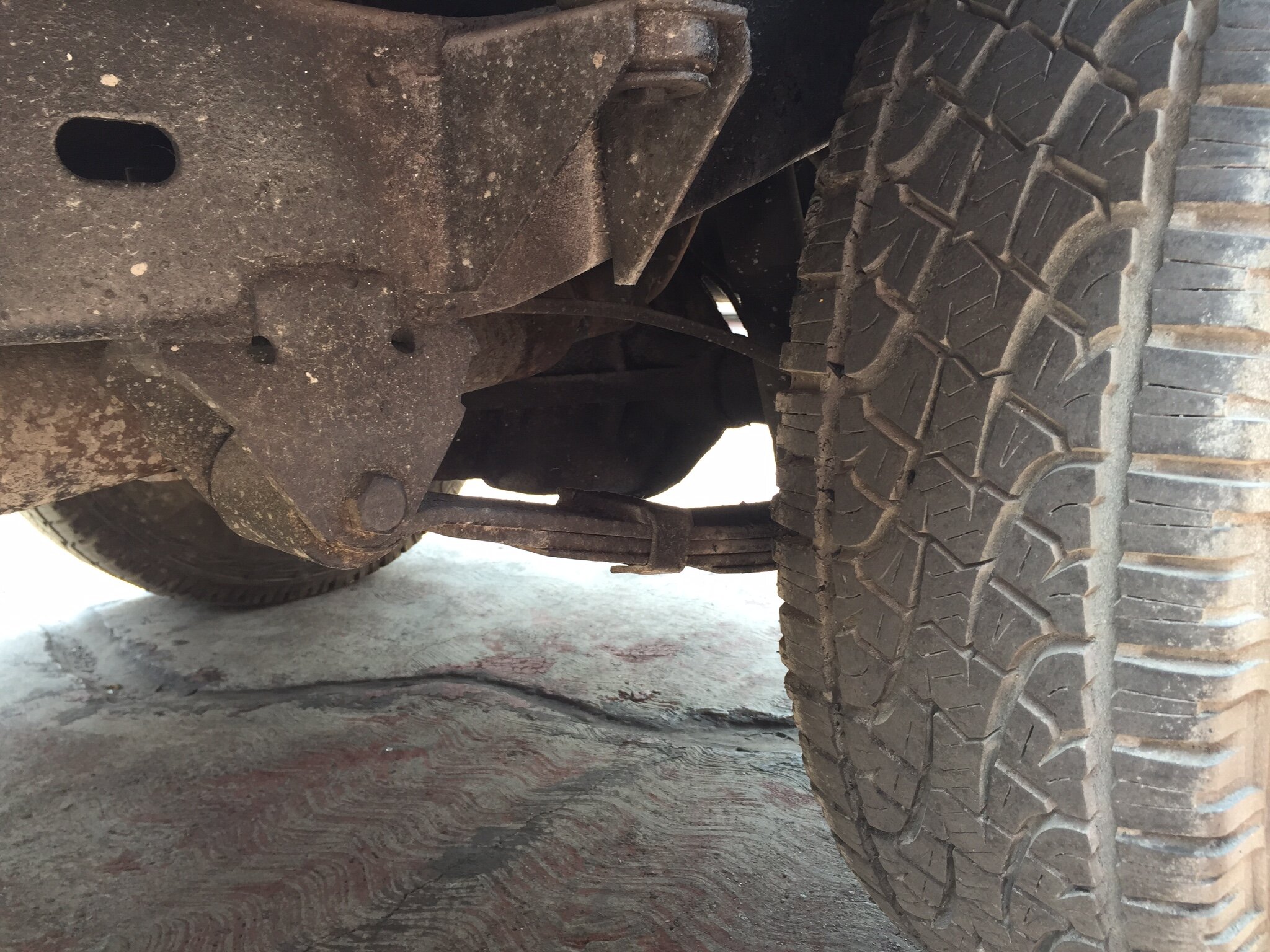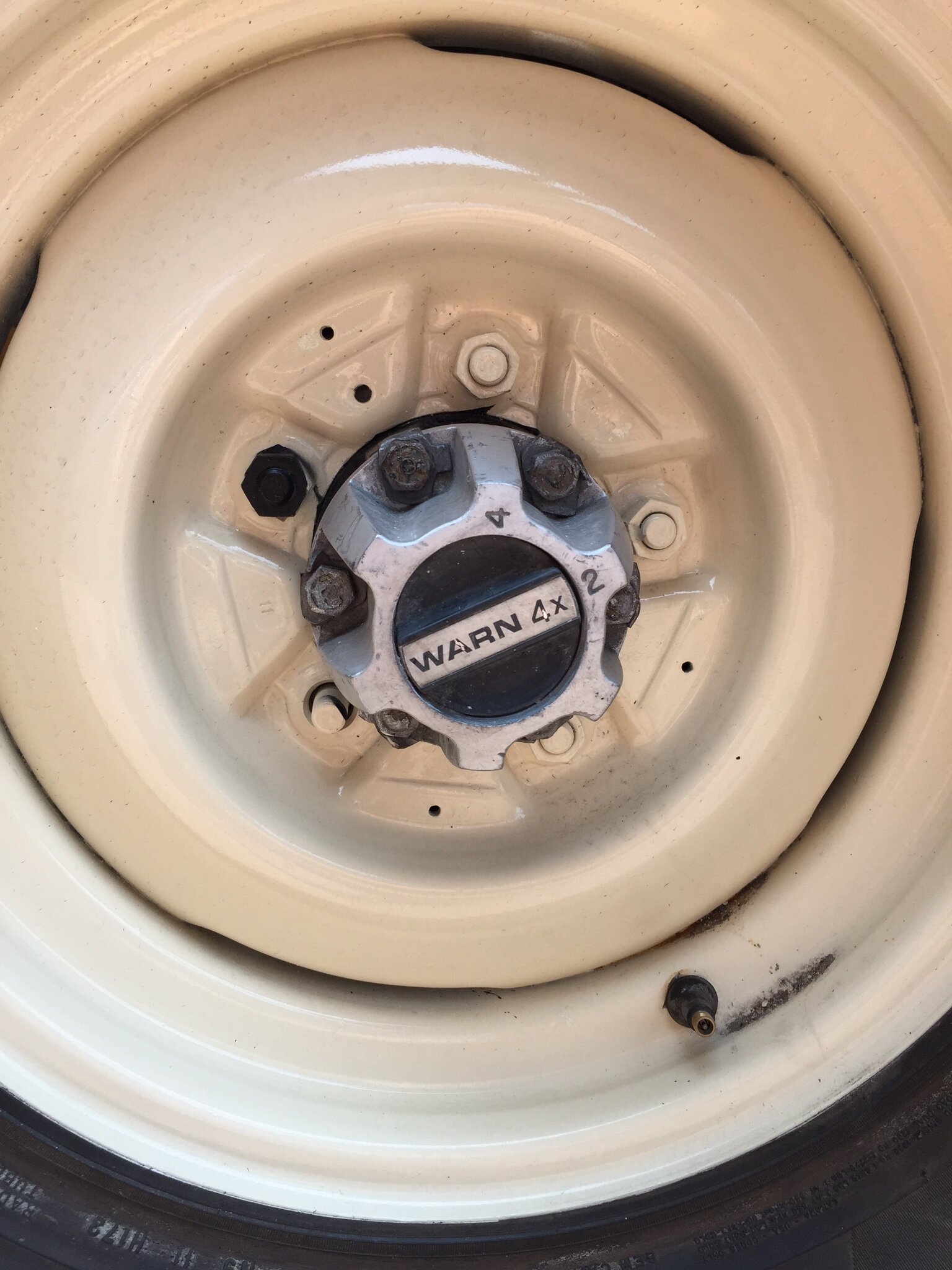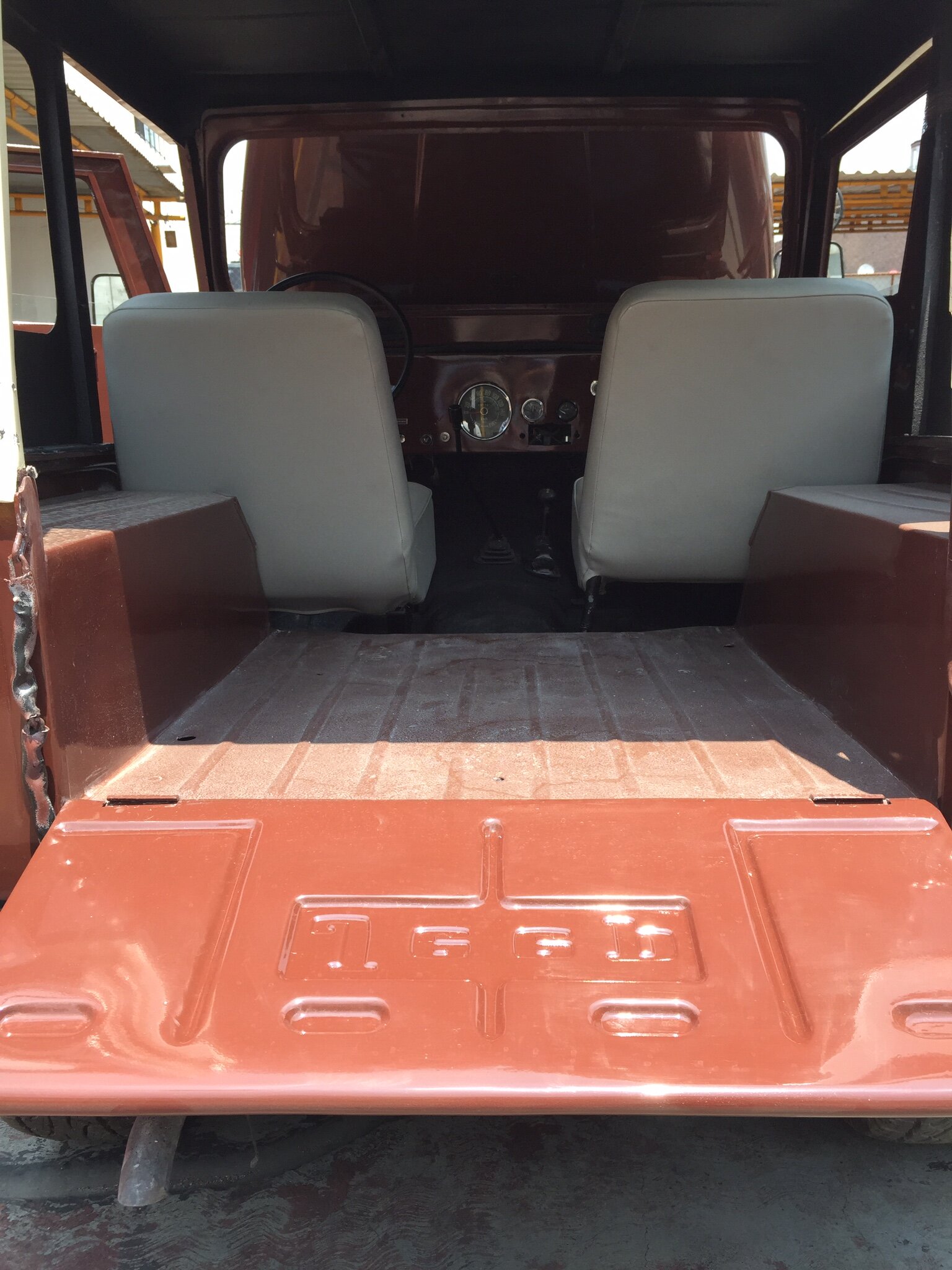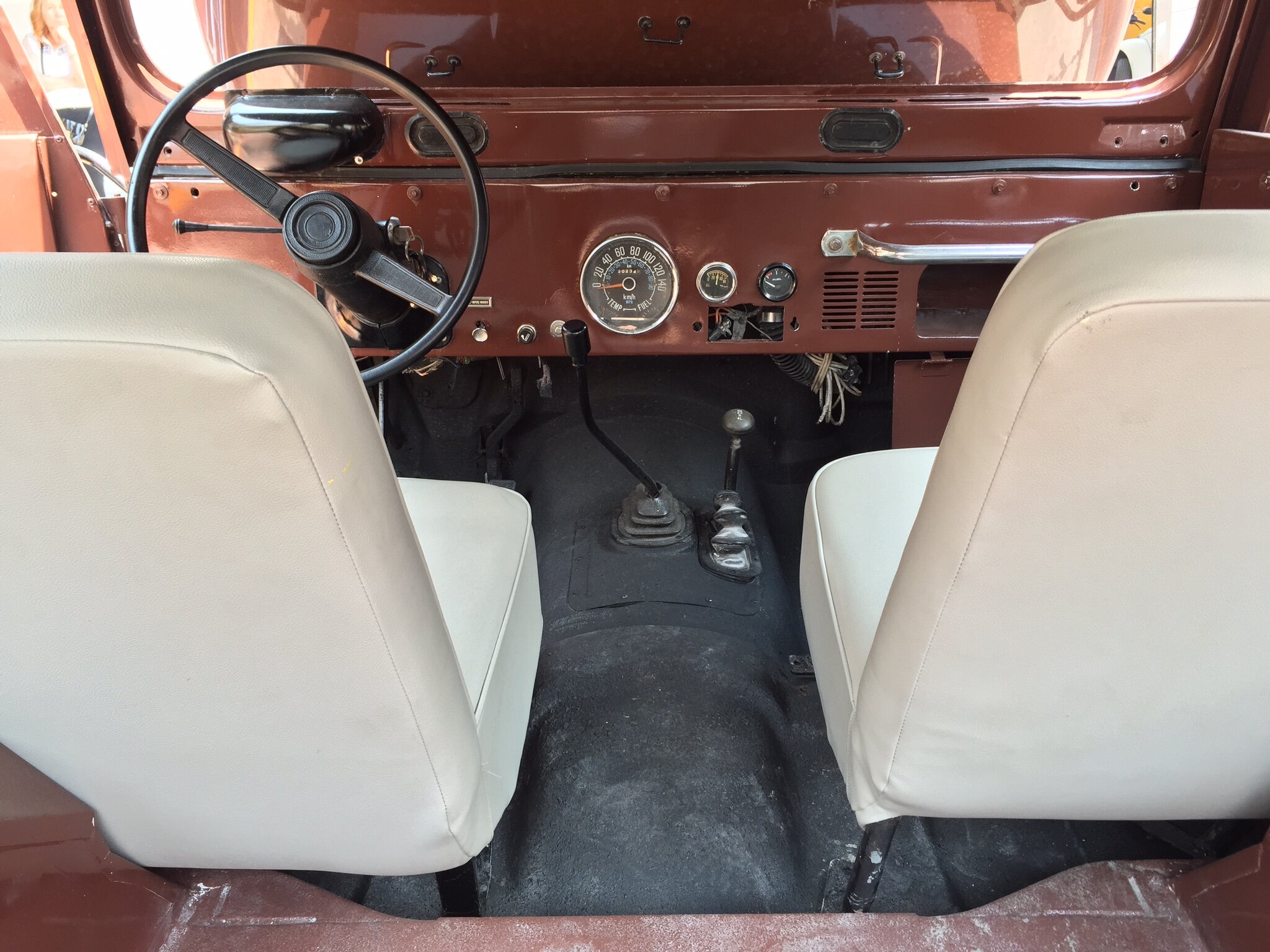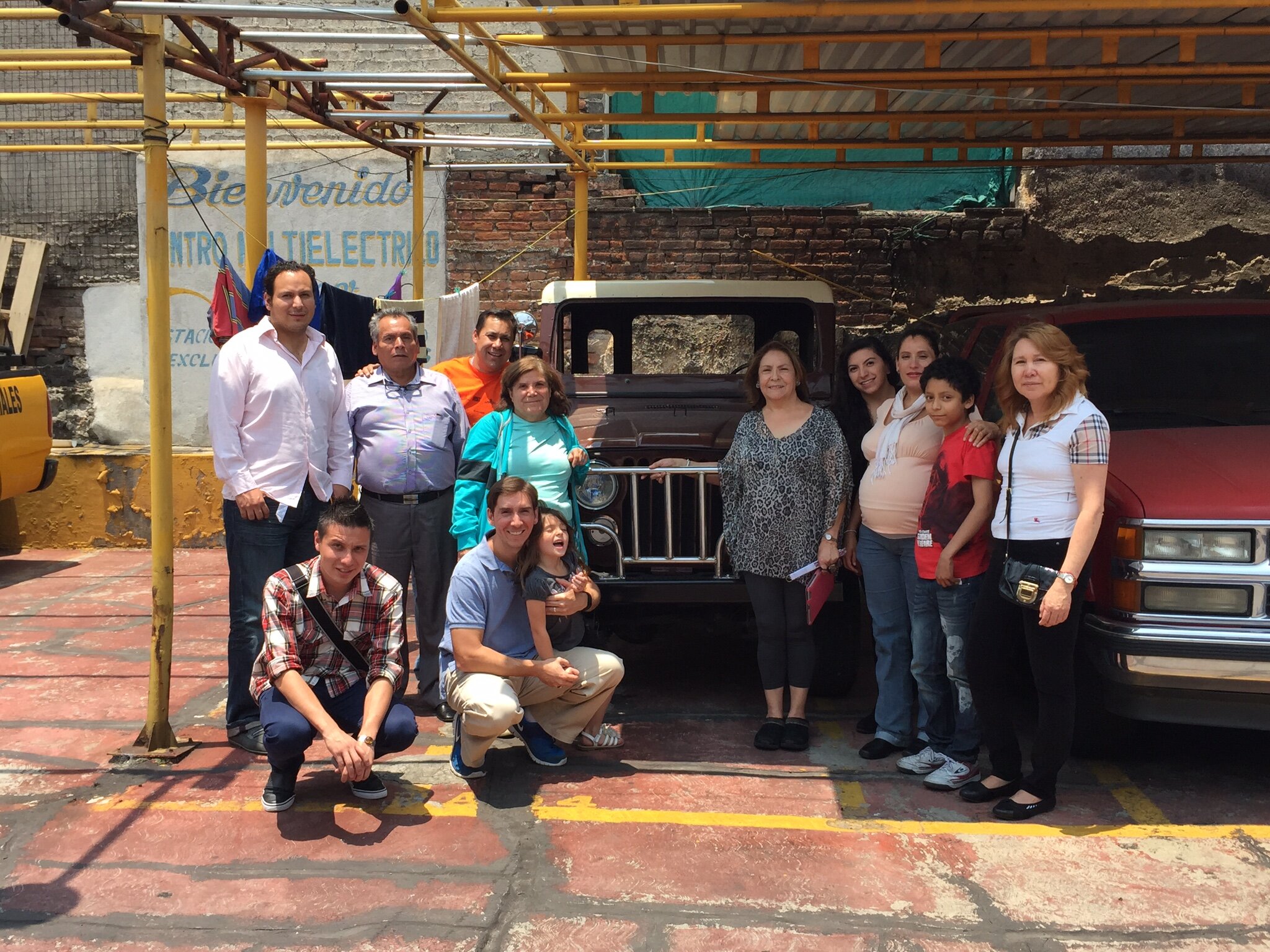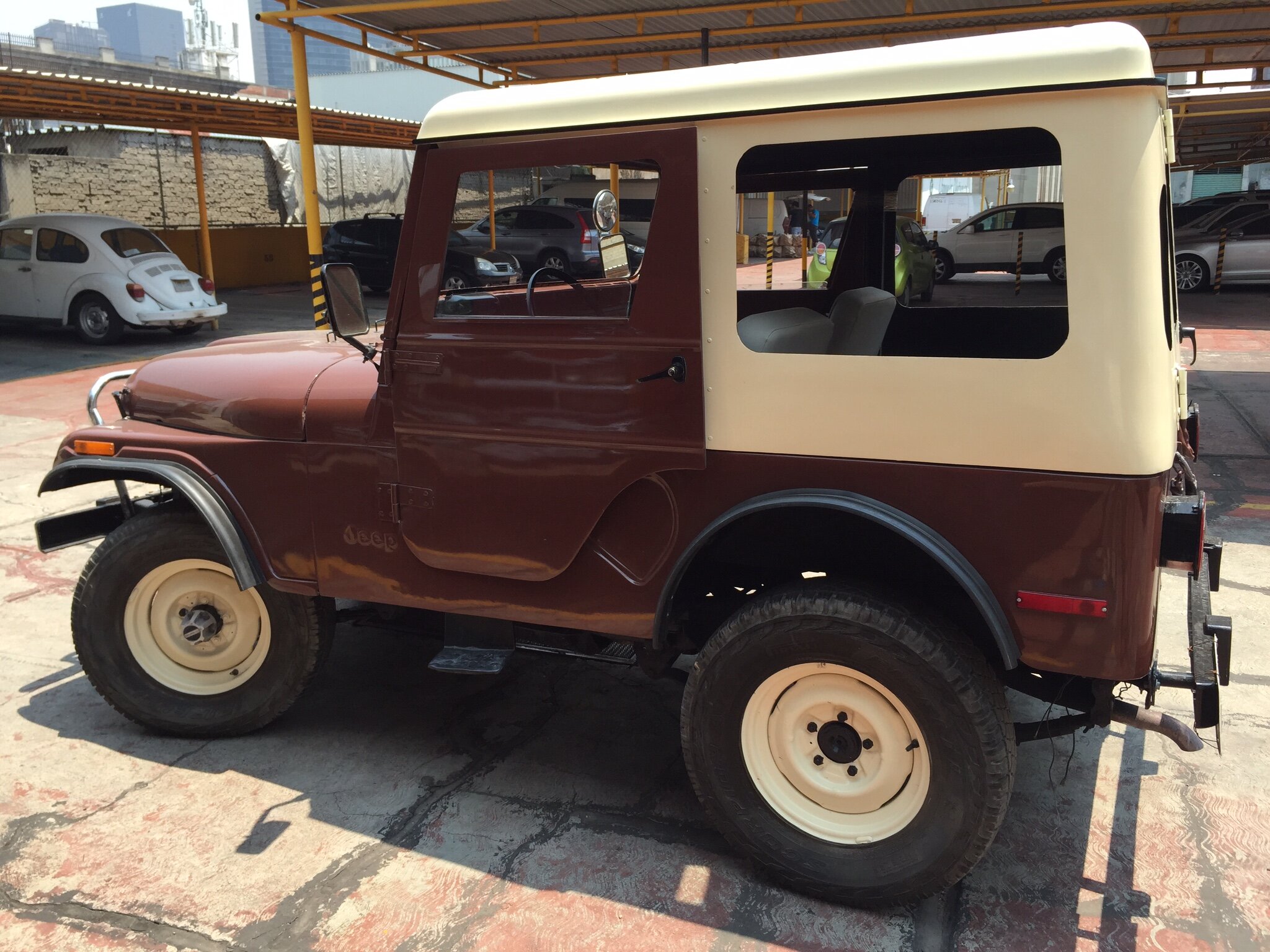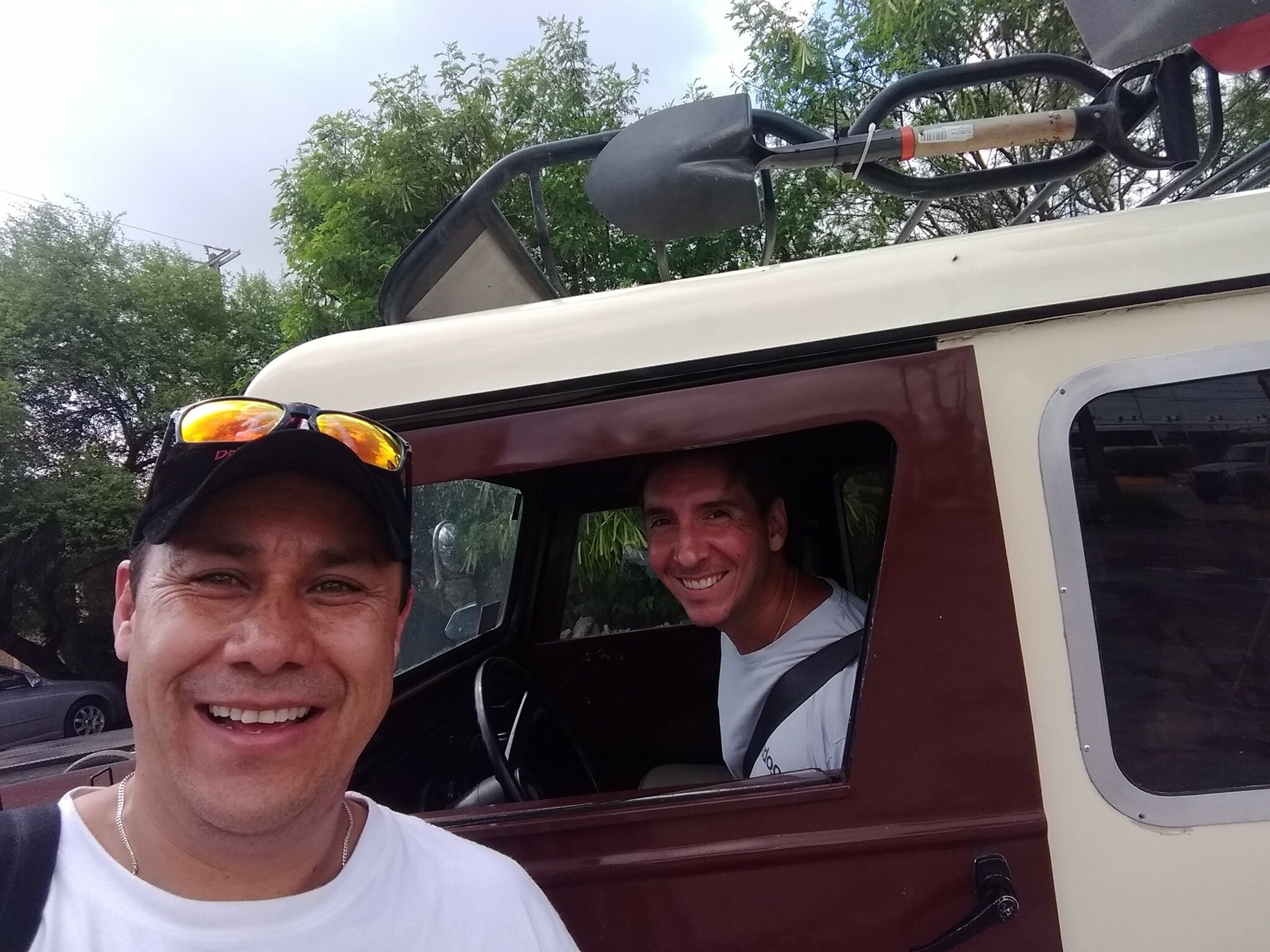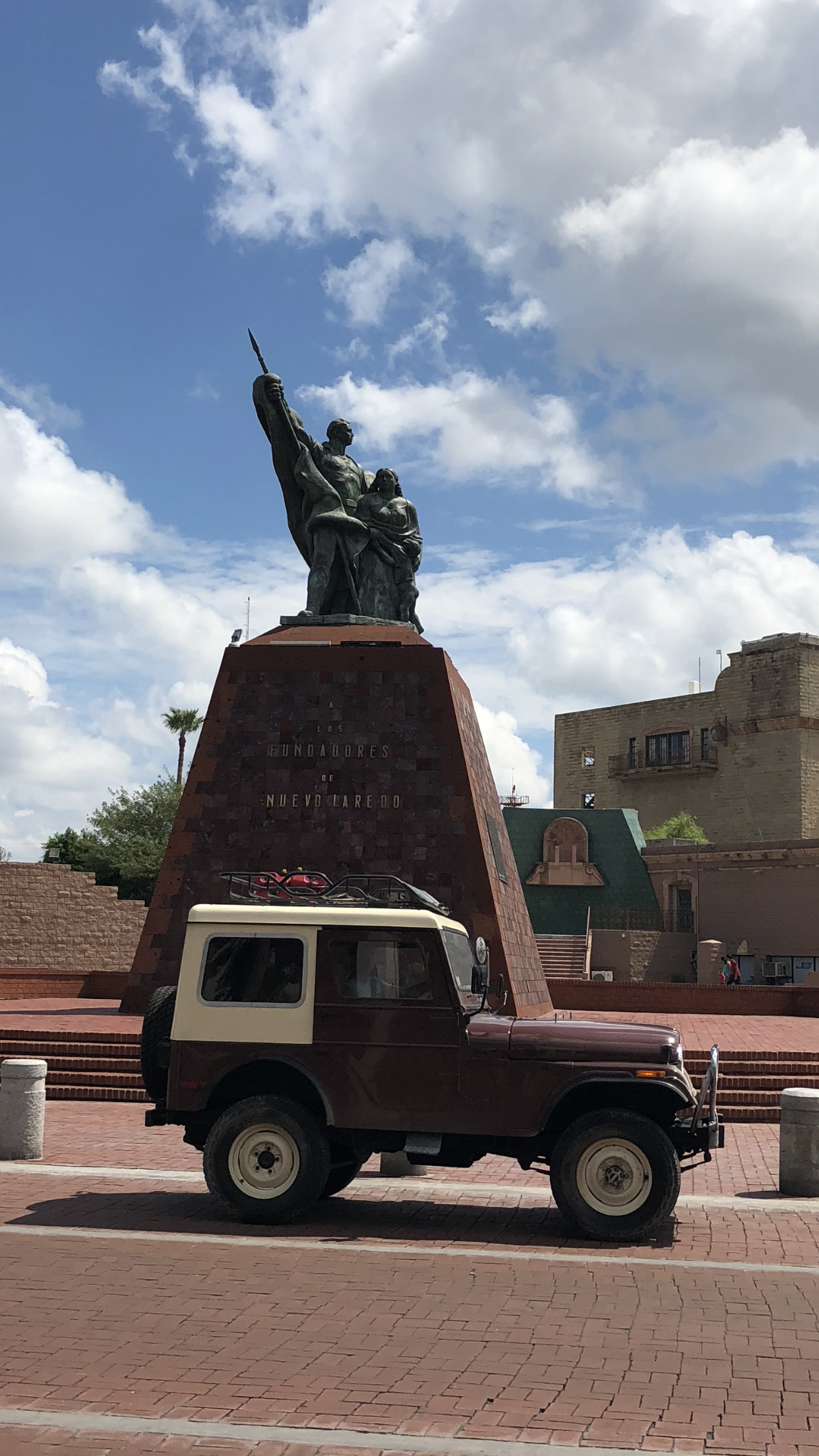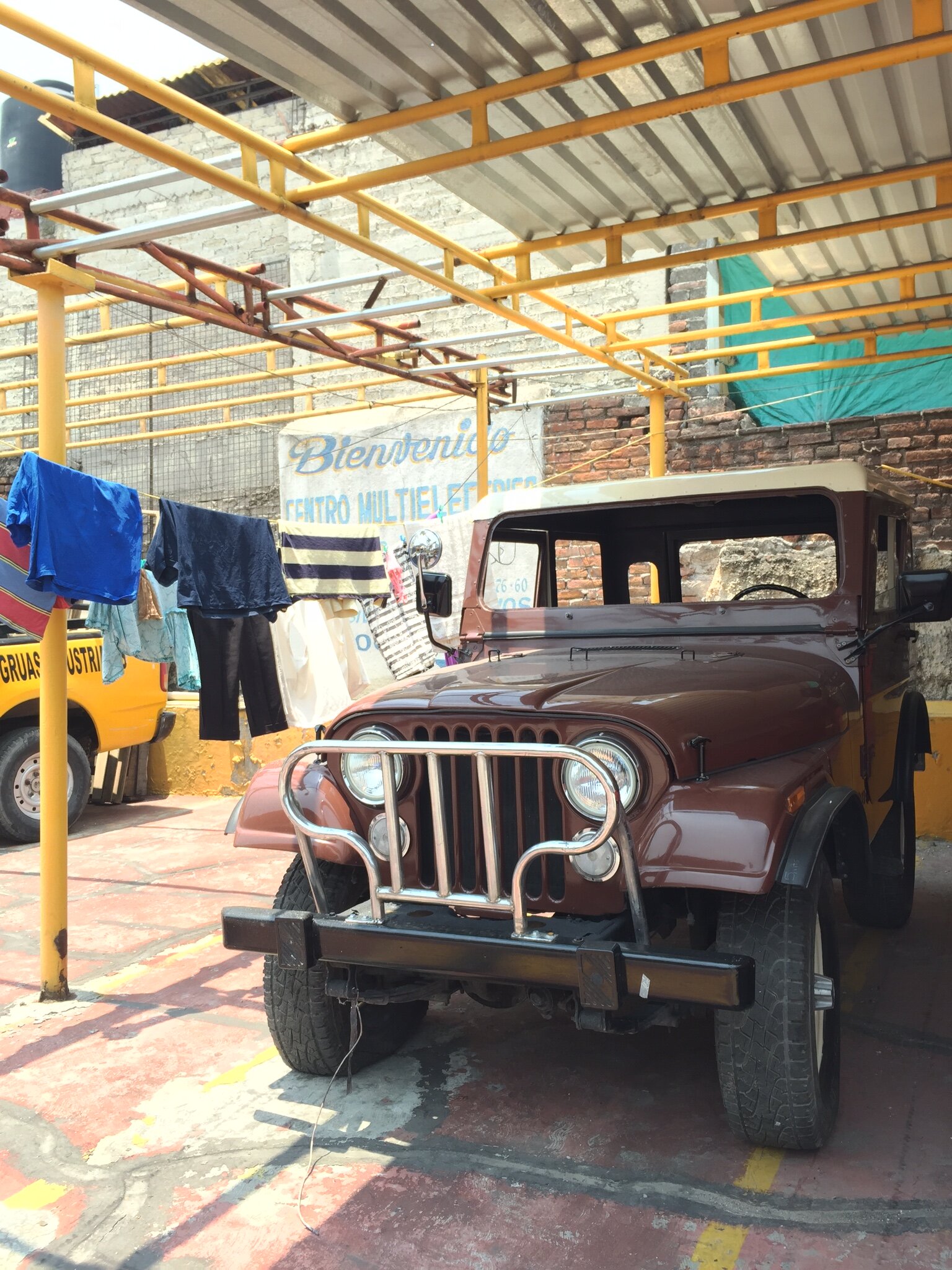It was the 1920s and the world had evolved. In San Ciro de Acosta, located within the state of San Luis Potosi in Mexico, a young family was living on a farm and sharing in the responsibilities of farm life. The family was large with a total of eight children but due to illness, three of the children passed away. Shortly thereafter, both parents – my Great Grandparents – died within a year of each other, leaving the remaining five children without family and without an inheritance, causing them to eventually move to Mexico City where they lived on the streets and struggled to survive. The youngest of these children, Jeronimo, was my Great Uncle. He developed an entrepreneurial spirit as a young boy and eventually turned himself into a successful businessman who, amongst other things, loved anything and everything Americana. Whether it was something as mundane as drinking a Coke or as expansive as his passion for Harley-Davidson motorcycles, my Tio Jero enjoyed American ingenuity. He also loved Jeeps.
Taking a break in Nuevo Laredo
The 40-year history of the production of Willys, Kaiser and AMC Jeeps in Mexico is not well known, mostly due to the low volume of production compared to production here in the U.S. However, there are some unique details about Mexican production of Jeeps including the first "AMC Jeeps" which were built there years before American Motors Corporation acquired the Jeep name in the U.S. In 1963, Willys Mexicana’s parent company SOMEX entered into a joint venture with American Motors Corporation and the Kaiser Corporation to form Vehiculos Automores Mexicanos, known in Mexico as VAM. VAM continued to build a variety of Jeeps through the mid-1980s with their greatest accomplishment having been the creation of the 4.0L inline 6-cylinder engine that AMC eventually adopted for the Jeep XJ Cherokee when that vehicle was released. This engine continued to be used in Cherokees and Wranglers through 2006.
My Tio Jero in the early 1970s
During the time of VAM and their production of Jeeps in Mexico City, my Tio Jero became enamored with the idea of acquiring a Jeep and in 1979, he purchased a 1978 CJ-5. Over the years he found much enjoyment in the vehicle though he seldomly drove it, putting only 22,000 kilometers – equivalent to approximately 13,000 miles – on the Jeep in nearly 30 years. He would instead keep it safe within a warehouse connected to his mattress manufacturing company where it would rest alongside a vast collection of Harleys and other items he had grown to love over the years. When he passed away in 2007, his son Miguel had already taken ownership of the Jeep and spent the subsequent 11 years caring for it as if it was his child, naming it Moises and refusing any offers to sell it. Until I came along.
Growing up, my family and I would travel to Mexico City regularly as my mother was born there and much of our family on her side still resided in the city. It was during those trips I became acquainted with Moises, whose name is Spanish for Moses. Funny enough, the Jeep’s name came about because my Tio Jero’s son, Miguel, would drive the Jeep through downtown Mexico and as he would drive, cars would move over and allow him to drive unfettered as if the Red Sea were being parted. Hence the name Moises.
My family and I in Mexico City in 2015 getting reacquainted with Moises
Over the years, I grew fond of the Jeep and when I returned to Mexico City in 2015 with my wife and our youngest daughter, I was reacquainted with Moises. It was a beautiful, clear day and several members of my family joined me and my cousin, Miguel, to look over the Jeep. We ended the day with a family photo with all of us in front of the café-colored CJ-5 as I dreamed of someday owning it.
Of course, Miguel had no desire to sell the Jeep, noting its sentimental value as having been owned by his father and while I didn’t push him, I did tell him that if he ever decided to change his mind, I would love to own the Jeep. And so it was in May of 2018 my wife stumbled upon a classified ad on social media where my cousin had finally decided to part ways with Moises and put it up for sale. Without hesitation, I immediately called him and negotiated acquiring the Jeep, noting how Moises had been in the family for nearly 40 years and how important it was to keep the Jeep in the family. Over the following months, I would plan out a journey to retrieve the Jeep and bring it to the U.S. In my mind, Moises needed to be introduced to where the brand had first begun and most importantly, I wanted to honor my Tio Jero, whose passion for Americana had not only impacted his children but also had a profound impact on me. Moises was coming home, and I couldn’t wait!
As the day arrived for me to head south beyond the border, I soon realized nothing is ever as easy as it might appear, particularly when you’re looking through the foggy lens of excitement. Importing a vehicle has its challenges and even though I had validated all the documentation needed to bring Moises stateside, it wasn’t without hiccup.
Taking a break in northern Mexico
Traveling through northern Mexico was quite enjoyable and nothing like the ill-fated reports I had been hearing for years. My mother and I didn’t encounter any problems while driving towards the border; however, the adventure really began when trying to cross over into the U.S.
If you ever consider bringing a vehicle from Mexico, be prepared to wait…and wait…and wait. My first attempt was unsuccessful as I was told I wasn’t at the proper port of entry and needed to enter through the International Commerce Port located approximately 45 minutes west of where I was. My mother, who was following me in my 100 Series Toyota Land Cruiser we had driven to get down into Mexico, had crossed over without incident. I, on the other hand, had to turn around and navigate my way to the other port of entry to properly have the vehicle inspected for importation. Not considering the distance, I re-entered Mexico and figured I’d have enough fuel to get me there and over the border where I could then refuel and head home. However, once I arrived at the other port of entry, I was told by Mexican officials only commercial vehicles were allowed and I would have to return to the port of entry I had come from to cross over. With my mother waiting in the U.S and me being low on fuel, I reluctantly drove back towards Nuevo Laredo with the worry that I may not make it there as I was driving on fumes. When I eventually did arrive, I literally coasted into a gas station as the engine died rolling towards the fuel pump.
My Tio Jero’s Jeep CJ-5 while in Mexico City
All fueled up and ready to go, I headed back towards the first port of entry I had tried earlier in the day, crossed the Rio Grande, and attempted for a second time to enter the U.S. I explained to the Border Patrol agent my intention of declaring the Jeep and driving it home but apparently since I had tried crossing over earlier in the day, Moises had been flagged for non-entry and I was pulled into an inspection lane where I was told that due to my attempted crossing at the same port, the Jeep may be impounded and possibly crushed since I had not followed protocol and entered through the International Commerce Port. I explained my problems at the other port of entry and that all I wanted to do was legally import the Jeep. I finally managed to speak with a supervisor who listened to my story, the history of the Jeep and its importance to me and the family, and then I waited.
30 minutes went by while I stood in the Texas heat, unsure as to whether I’d be able to bring Moises over after all the effort to get the Jeep where we were. Eventually, the supervisor returned but this time he was joined by 15-20 Border Patrol agents who appeared to be unforgiving. At this point I was sure my journey had come to an end and the Jeep would forever be gone. But then the Supervisor spoke and said, “I believe what you’ve told me and I’m going to allow you to cross. However, unless you drive to the International Commerce Port on the U.S. side and have them do an inspection and vehicle declaration, you could forfeit your rights to this vehicle.” He then handed me a business card with a phone number to call an agent at that location to schedule an appointment the next morning for him to inspect and approve, or disapprove, importing Moises. I thanked him repeatedly and as I drove into the U.S., I could see the supervisor huddled with the agents he had walked with towards me, explaining to them the proper procedure for individuals who are importing a vehicle on their own rather than through an import company.
Realizing I had gone the wrong way in northern Mexico prior to coasting on fumes to the gas station.
The next morning, I arrived at the International Commerce Port and met with the agent I had been referred to. His first words were, “Wow! What a cool Jeep!” He then verified the VIN on the Jeep and compared it to the paperwork I had, then drafted and signed the appropriate paperwork for me to bring Moises into the U.S.
The process had been completed and we were now free to drive back home. What I thought would be a sad end to 40 years of family history would instead turn into a new chapter, one planned with excitement and a new life to honor a storied past.
The story of Moises will continue in an upcoming issue of OutdoorX4 Magazine’s Special Edition for Jeep vehicle enthusiasts and will feature highlights of the Jeep’s rebirth, chronicling the upkeep and maintenance items being done to make this CJ-5 a unique and daily-driven Jeep in the U.S.









